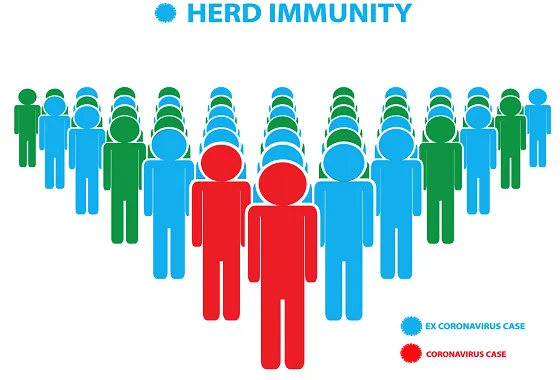Herd immunity has become a buzzword in the age of COVID-19, with various interpretations and misconceptions about what it actually means. To begin with, let’s define what herd immunity is. In simple terms, it is the indirect protection from a disease that occurs when a large portion of a population becomes immune to the disease, making it difficult for the disease to spread.
One common misconception is that herd immunity can only be achieved through widespread vaccination. While vaccines are an important tool in achieving herd immunity, it can also be achieved naturally by the spread of the disease itself. However, this can come at a high cost, as the disease can spread rapidly and cause significant harm, especially to those who are vulnerable.
Another myth is that once herd immunity is achieved, the disease will be eradicated. In reality, herd immunity only makes it difficult for the disease to spread and can reduce its severity, but it does not guarantee its eradication. Diseases such as measles and chickenpox, which have a high level of herd immunity in the population, still exist, but outbreaks are rare due to the high level of immunity in the population.
It is important to note that the level of immunity required to achieve herd immunity varies depending on the disease. For example, a higher percentage of the population needs to be immune to measles compared to the flu, as measles is a highly contagious disease.
So what does this mean for COVID-19? The coronavirus is highly contagious and has a higher reproductive rate compared to other diseases. This means that a higher percentage of the population needs to be immune to achieve herd immunity. According to experts, approximately 70–90% of the population needs to be immune to COVID-19 to achieve herd immunity.
While vaccination is a crucial tool in achieving herd immunity, it is important to understand that it is not the only solution. Widespread testing, contact tracing, and quarantine measures can also play a significant role in controlling the spread of the disease.
In conclusion, herd immunity is a complex concept and it is important to understand the various factors that contribute to its achievement. Misconceptions about herd immunity can lead to a false sense of security and complacency, which can result in the continued spread of the disease. It is crucial to continue following public health guidelines and to rely on the expert advice of medical professionals to combat the COVID-19 pandemic.












